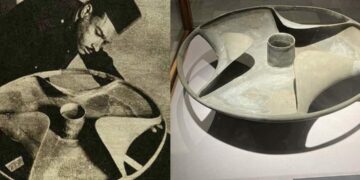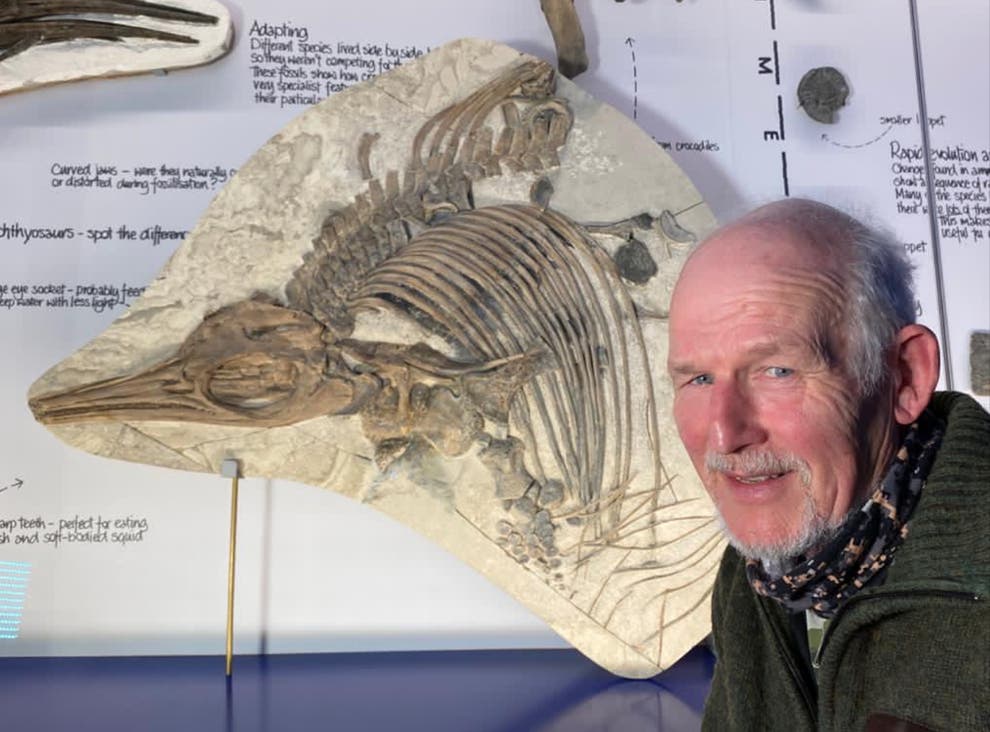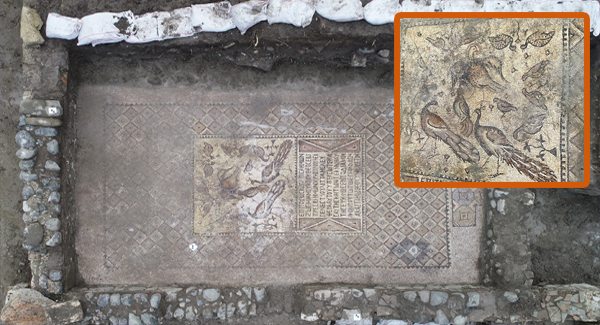A Revolutionary Discovery
The Antikythera Mechanism, discovered in 1901 off the Greek island of Antikythera, is widely regarded as the world’s earliest known analog computer. Initially mistaken for a corroded lump of metal, this intricate device, dating to the 1st century BCE, revealed a sophisticated system of bronze gears designed to calculate celestial movements. Its discovery challenged assumptions about ancient technology, demonstrating that the Greeks possessed advanced engineering capabilities centuries ahead of their time. Recent advancements in AI and imaging have further unraveled its secrets, raising questions about the breadth of ancient scientific knowledge and its potential to reshape our understanding of history.
The Shipwreck and Initial Findings
The Antikythera Mechanism was found among the wreckage of a 1st-century BCE ship, likely transporting goods from the Greek world to Rome. Alongside the mechanism, divers recovered bronze and marble statues, coins, jewelry, and storage jars, suggesting a trade route catering to wealthy Roman patrons. Initially overlooked amid the more visually striking artifacts, the mechanism’s significance emerged in 1902 when archaeologist Valerios Stais identified gears within the corroded mass. This was astonishing, as such precise mechanical components were thought to belong to much later eras, like medieval clockmaking.
Stored at the National Archaeological Museum in Athens, the mechanism puzzled early researchers due to its fragmented and corroded state. Limited by early 20th-century technology, scholars struggled to decipher its purpose without risking further damage. Suspicions that it was a modern contaminant were dispelled as studies confirmed the gears’ ancient origins, sparking curiosity about their function in a supposedly “primitive” era.
Decoding the Mechanism
The Antikythera Mechanism, roughly the size of a shoebox (33 cm x 17 cm x 9 cm), was likely encased in a wooden box with protective panels. Comprising approximately 30 bronze gears (possibly more originally), it featured dials and pointers on its front and back faces. By turning a crank, users could track the positions of the Sun, Moon, and possibly planets, predict eclipses, and monitor cycles like the 19-year Metonic cycle and the 223-month Saros cycle for lunar and solar alignments. A spiral dial on the back also referenced the 76-year Callippic cycle and potentially the timing of Panhellenic games, such as the Olympics.
The mechanism’s most remarkable feature is its differential gear system, which mimicked the Moon’s elliptical orbit by adjusting the speed of its pointer. This required advanced mathematical knowledge and precise craftsmanship, with gear tooth counts aligning with known astronomical cycles. Inscriptions in Koine Greek provided instructions and referenced celestial events, confirming the device’s astronomical purpose. Its ability to handle multiple calendar systems, including Greek and possibly Babylonian or Egyptian month names, suggests it was designed for broad use, perhaps by astronomers, priests, or elite patrons.
Scientific and Cultural Context
The Antikythera Mechanism reflects the culmination of Greek astronomical and mathematical traditions, enriched by Babylonian and Egyptian influences. Babylonian records of planetary movements and eclipse cycles, combined with Egyptian calendar systems tied to the Nile, informed Greek astronomy. Figures like Archimedes (287–212 BCE), known for mechanical innovations, and Hipparchus (190–120 BCE), who advanced trigonometric astronomy, likely influenced the mechanism’s design indirectly. Emerging from the Hellenistic period, possibly in a hub like Alexandria, the device showcases a collaborative culture of geometers, astronomers, and artisans.
The mechanism’s precision—comparable to modern gear-cutting—implies specialized workshops and tools, though no direct evidence of such machinery survives. Its rarity suggests it was a bespoke item for wealthy or scholarly patrons, possibly used for education, navigation, or ceremonial purposes. The absence of similar devices in the archaeological record may reflect their scarcity, destruction during Roman conquests, or recycling of valuable bronze.
Modern Investigations and Breakthroughs
Early studies of the mechanism were limited until the 1970s, when historian Derek J. de Solla Price used gamma-ray imaging to reveal its gear trains, proposing it as an astronomical computer. In the 2000s, the Antikythera Mechanism Research Project employed X-ray CT scans to uncover hidden gear counts, inscriptions, and structural details. These scans confirmed the device’s complexity, including a 223-tooth gear for the Saros cycle and a differential system for the Moon’s motion.
In 2021, University College London researchers proposed a reconstruction of the front dial, suggesting it displayed the cosmos, including planetary motions. Modern replicas, using bronze, brass, or 3D-printed parts, have tested gear ratios and dial functions, validating the mechanism’s design. Ongoing efforts to decipher corroded inscriptions continue to reveal references to eclipses, calendars, and possibly specific events, deepening our understanding of its role.
Comparisons to Later Technology
The Antikythera Mechanism predates modern computing by two millennia, yet its purpose mirrors later devices like medieval astronomical clocks and Renaissance orreries. Unlike these, which benefited from printing presses and structured institutions, the mechanism emerged in an era of handwritten texts and artisanal craftsmanship. Its closest parallels, such as Hero of Alexandria’s 1st-century CE steam devices, remained experimental, suggesting advanced ideas often failed to scale due to societal or economic constraints.
The mechanism’s rediscovery prompts speculation about a lost technological trajectory. Had its knowledge been preserved, it might have accelerated scientific progress. Instead, mechanical clocks reemerged in Europe only in the 14th century, over a thousand years later, highlighting the fragility of ancient innovations.
Broader Implications
The Antikythera Mechanism challenges our view of ancient civilizations, revealing their capacity for sophisticated engineering. Its ability to predict eclipses and track calendars suggests cultural significance, possibly tied to religious or civic events. The device raises questions about other lost technologies, prompting archaeologists to revisit underwater sites and ancient texts. It also underscores the vulnerability of knowledge, as wars, conquests, or economic shifts can erase even the most brilliant advancements.
As research continues, the mechanism remains a symbol of ancient ingenuity and a reminder that our understanding of history is incomplete. It inspires curiosity about whether other cultures, like the Maya or Chinese, developed similar devices and whether more artifacts await discovery beneath the waves or in forgotten archives.























